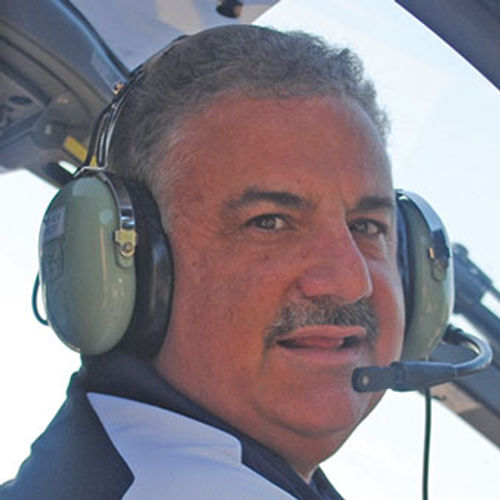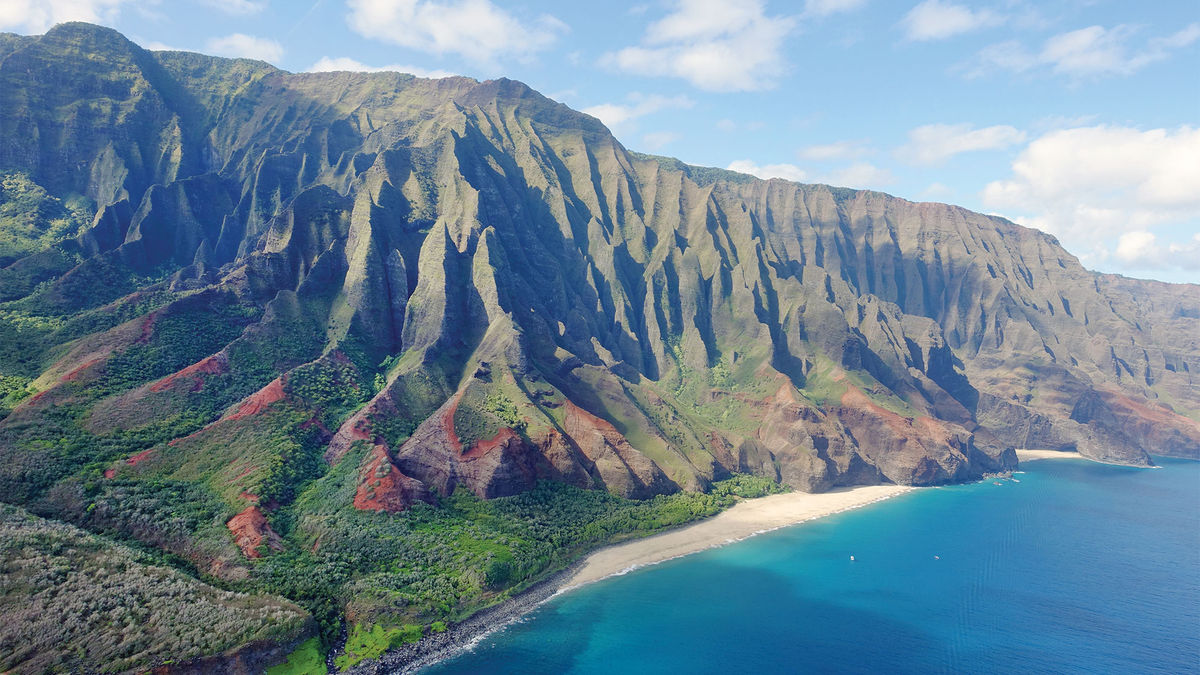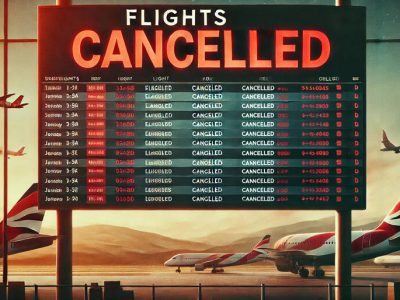Although crashes are uncommon, the U.S. helicopter sightseeing industry has a long history of crashes and fatalities.
For travel advisors and their clients, knowing how to select a safety-conscious operator can lower the risk of an accident even more.
The most recent helicopter sightseeing crash came on July 11, when a Robinson 44 helicopter crashed into the ocean along the northern Napali coastline of Kauai, killing the pilot and the two passengers.
The doors-off tour, operated by Ali’I Kauai Air Tours and Charters, likely met its tragic end after encountering strong gusting easterly winds, indicated the preliminary National Transportation Safety Board (NTSB) crash investigation report.
Ali’I Kauai didn’t respond to requests for comment.
The Ali’I Kauai crash was the 246th commercial U.S. helicopter sightseeing crash since 1983, NTSB records show. Over that period there have been 188 deaths and 115 serious injuries. Hawaiian operations have accounted for 60 of those deaths, and 43 occurred in Arizona, where Grand Canyon tours are popular.
Such statistics look especially dire when they are compared to commercial airline travel, which in the U.S. hasn’t experienced a fatal crash since 2009. And lawmakers have begun to act.
In May, as part of the 2024 FAA Reauthorization Act, Congress addressed the issue, setting a deadline of three years from now for beefed-up regulations of doors-off operations, such as the doomed Ali’I Kauai excursion.
In April, the FAA issued a regulation requiring air charter tour operators to develop comprehensive safety plans similar to those in place for commercial airlines since 2018.
The overwhelming majority of helicopter tour operations go off without incident. In 2023, the fatal accident rate for all U.S. helicopter operations was 0.63 per 100,000 hours of flight time, FAA records show.

Keith Cianfrani
“The industry is safe. It’s how to make it even more safe,” said Keith Cianfrani, an independent consultant who conducts safety audits of tour operations in Hawaii, Alaska, the Grand Canyon and elsewhere. “It’s all about reducing the risk, and some operators are better than other operators.”
The first thing a travel advisor or traveler booking a helicopter tour should consider, he said, is whether the operator subscribes to a recognized safety organization, which requires ongoing audits.
For the tour operator industry, Cianfrani said, the gold standard is the Tour Operators Program of Safety (TOPS).
Another thorough auditing standard is the International Standard of Business Aircraft Operations (IS-BAO), run by the International Business Aviation Council trade group.
A third strong safety standard is set by the Vertical Association International (VAI).
Cianfrani said it’s good practice to book the same operators used by cruise lines and large hotels, since they generally deal only with well-known companies that hold TOPS certification.
Cianfrani, who conducts audits for TOPS, IS-BAO and VAI, said the audits entail a wide range of reviews, including examinations of operations, maintenance records, pilot experience and heliports. Auditors also anonymously go on flights.
Cianfrani goes so far as to note whether the tour operator makes sure customers aren’t wearing hats, since they can get blown off by the helicopter rotor, which can lead to injuries if people instinctively chase after them.
Above all, he looks at a company’s overall safety culture, including whether the right people are in the right management positions.
Along with company accreditations, experts say there are other steps that travel advisors can take to make sure they book clients with the safest possible operator.

Ladd Sanger
Ladd Sanger, an aviation litigation specialist and a managing partner of the Texas-based Slack Davis Sanger law firm, which has handled numerous cases involving Robinson helicopters that have crashed, said he believes that open-door tours should be avoided.
Such tours are operated under what he described as a regulatory loophole, the actual intent of which is to facilitate professional aerial photography.
“You shouldn’t put people who are not professional in that type of environment,” Sanger said.
Another key item to vet, he said, is which regulatory authority a company operates under. For some helicopter tours, it is what’s known as Part 91-147, which requires only a letter of authorization from the FAA, rather than certification.
Achieving Part 135 air charter certification, as many operators do, is a loftier bar, involving elevated training, higher maintenance requirements, more frequent check rides and other more stringent standards than a Part 91 letter of authorization.
Sanger also suggests steering clear of operations conducted with a piston helicopter, of which the Robinson 44 is the most-used model. Piston helicopters are lighter and less powerful than turbine-powered helicopters. Robinson did not respond to requests for comment.
For travel advisors who want to dig deeper, it’s also good practice to ask an operator when their helicopters received certification, said Dave Repsher, a former flight nurse who survived a 2015 crash in which he suffered severe burns over 90% of his body. Only helicopters certified after 1994 are required to have crash-resistant fuel systems.
“Operators flying more modern helicopters are probably inherently safer,” said Repsher, who now advocates for helicopter safety. “And if they do have a crash-resistant fuel system in all of their helicopters, it means they have taken the time to retrofit.”










